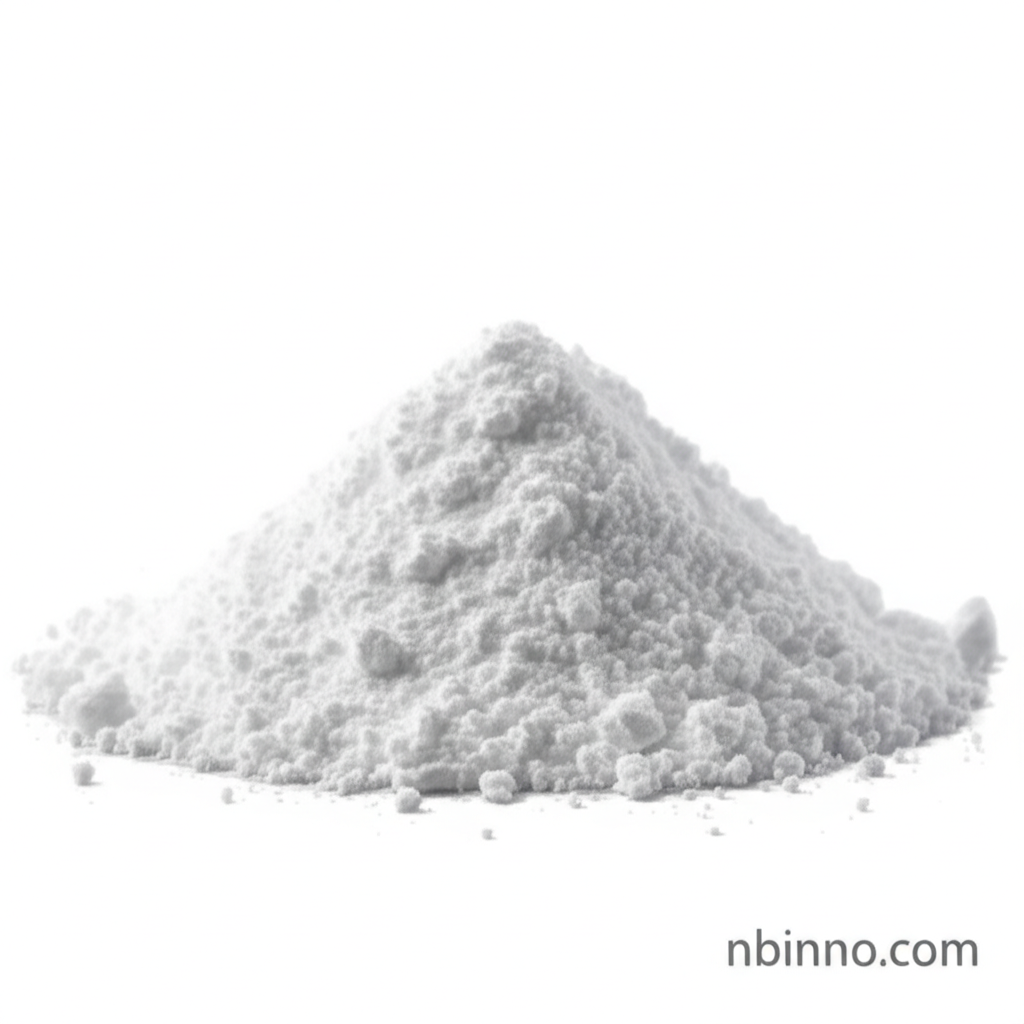Understanding Testosterone Propionate: A Deep Dive into CAS 57-85-2
Explore the chemical properties, medical applications, and scientific insights of Testosterone Propionate, a key pharmaceutical compound.
Get a Quote & SampleProduct Core Value

Testosterone Propionate
Testosterone Propionate (CAS 57-85-2) is a synthetic androgen and anabolic steroid, primarily utilized in medical treatments and research. Its well-defined chemical structure and pharmacological profile make it a significant compound in endocrinology.
- Discover the comprehensive chemical properties and molecular structure of Testosterone Propionate, a crucial synthetic androgen anabolic steroid.
- Learn about its primary medical applications, particularly in androgen replacement therapy for men and its role in treating breast cancer.
- Understand the pharmacokinetics, including absorption, metabolism, and elimination half-life, for effective hormone therapy protocols.
- Explore the detailed side effects and administration methods, crucial for safe and effective use of this pharmaceutical chemical.
Key Advantages
Therapeutic Efficacy
Offers significant benefits in hormone replacement therapy, addressing low testosterone levels effectively. This aspect is vital for those seeking to improve their well-being through carefully managed hormone therapy.
Research Utility
Serves as a critical compound in scientific research, enabling studies on androgen action, steroid metabolism, and potential therapeutic targets. Its consistent quality as a pharmaceutical chemical ensures reliable research outcomes.
Controlled Application
While potent, its established usage protocols and clear side effect profiles allow for controlled application in medical settings, supporting research into anabolic steroid science and safety.
Key Applications
Androgen Replacement Therapy
Essential for treating hypogonadism in men, restoring testosterone levels. This application underscores its importance in clinical endocrinology and hormone therapy for men.
Oncology Support
Historically used in the treatment of certain types of breast cancer in women, showcasing its diverse therapeutic potential. Understanding its application in cancer treatment adds another dimension to its role as a pharmaceutical chemical.
Veterinary Medicine
Applied in veterinary practices to stimulate growth in animals, demonstrating its broad utility. This highlights the versatility of compounds in pharmaceutical chemical synthesis and analysis.
Scientific Research
A vital tool for researchers studying hormonal functions, metabolic pathways, and drug development. Its availability supports advancements in understanding anabolic steroid pharmacokinetics and metabolism.
